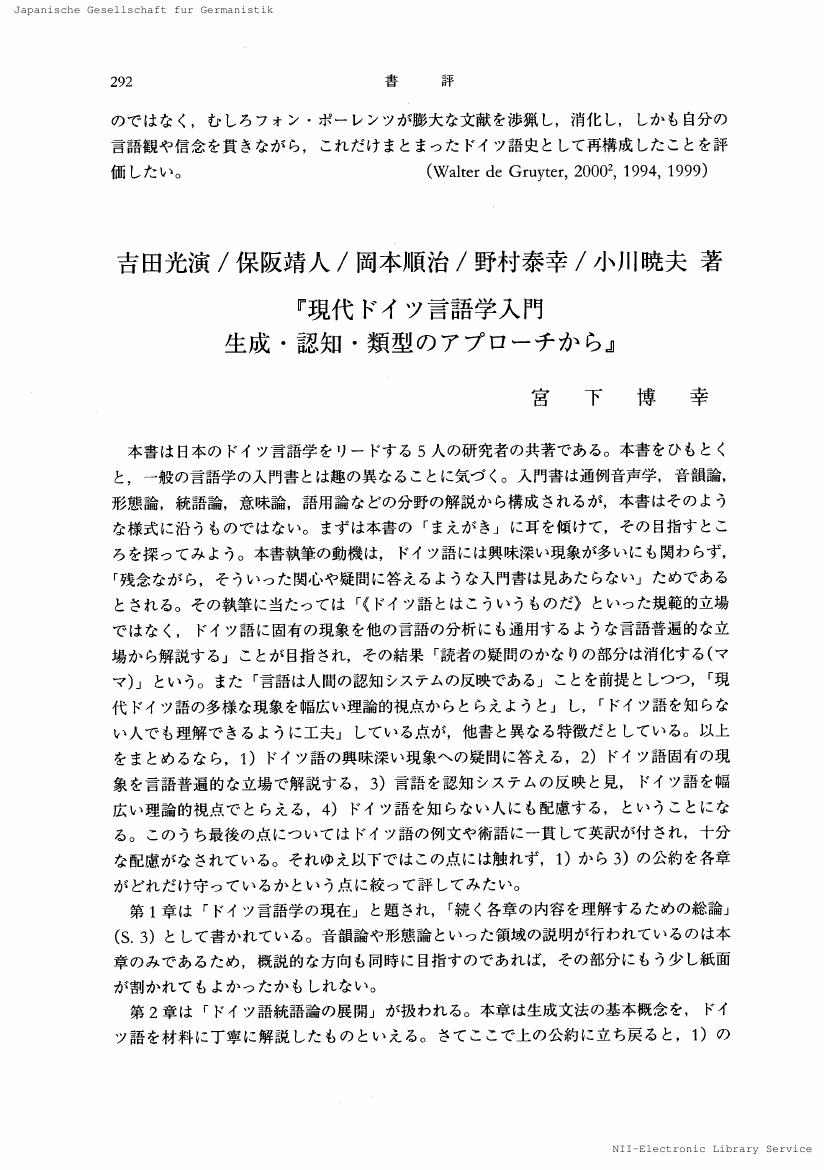2 0 0 0 OA ICUにおける注射薬配合変化早見表の作成とその有用性の検討
- 著者
- 阿部 真也 松本 忍 小林 彦登 斎藤 太寿 宮下 博幸 高野 照子 堺 直子 柴田 壮一 厚田 幸一郎
- 出版者
- Japanese Society of Drug Informatics
- 雑誌
- 医薬品情報学 (ISSN:13451464)
- 巻号頁・発行日
- vol.14, no.2, pp.75-81, 2012 (Released:2012-09-04)
- 参考文献数
- 10
- 被引用文献数
- 2
Objective: In the intensive care unit (ICU), drugs are administered in sequence as the conditions of the patient change rapidly, and there are often cases where many injections are administered simultaneously. For this reason, it is important to quickly select the appropriate administration route. In this study, we prepared a quick reference table for incompatibilities of frequently used and highly important injections in the ICU (referred to as the “quick reference table”) that will enable selection of the appropriate administration route, and we investigated the status of use and usefulness of this quick reference table.Methods: The drugs included in the quick reference table were extracted from prescription records from May to October 2009, and these were finalized by discussions with the nurses in the ICU. Three reference materials were used: Manual on the Supervision of Injection Preparation (3rd Edition), Data Search on Injection Incompatibilities 2009, and MICROMEDEX®. The survey was conducted with all 12 nurses in the ICU after 4 months of distributing the quick reference table.Results: The quick reference table included 57 pharmaceutical items, and compatibility was classified into 10 categories. The quick reference table was prepared as one A3 page for convenience. The retrieval rate of the survey was 100%. The average number of years of practical experience as a nurse was 12.2 years, and 11 out of 12 nurses used the quick reference table. Of the 11 nurses who used the table, 6 answered that it was “very useful,” while 4 answered that it was “useful.” All 11 nurses who used the quick reference table answered that they “consulted the pharmacists less frequently.”Conclusion: Satisfactory evaluations were obtained with regard to the details included in the quick reference table, and the table was estimated to be highly useful and important even for ICU nurses with many years of experience. Furthermore, it was suggested that the quick reference table was also useful in reducing the workloads of the pharmacists.
2 0 0 0 OA 手術室スタッフとの質疑応答の内容分析
- 著者
- 柴田 壮一 中村 俊貴 小林 由布子 庄野 浩子 八木澤 啓司 左右田 和枝 宮下 博幸 松原 肇
- 出版者
- 一般社団法人日本医薬品情報学会
- 雑誌
- 医薬品情報学 (ISSN:13451464)
- 巻号頁・発行日
- vol.18, no.1, pp.46-49, 2016 (Released:2016-06-13)
- 参考文献数
- 8
Objective: From September 2009, the Department of Pharmacy of Kitasato University Kitasato Institute Hospital started operation room services, and the pharmacist in charge also responds to the inquiries from the operation room staff (doctors and nurses) concerning pharmaceutical compounds. In the present study, we collected the inquiries and analyzed their contents in order to understand the information of pharmaceutical compounds required by the operation room staff.Methods: The inquiries from operation room staff received between October 2009 and March 2012 were collected and the contents were analyzed.Results: A total of 625 inquiries (mean, 20.8 inquiries per month) were received. Regarding the contents of inquiry, the most frequent inquiry was on “the presence or absence of the stock” (70.7%), followed by “drug information” (17.0%), “handling of controlled substances” (5.9%), and “handling of non-controlled substances” (4.2%). For “the presence or absence of the stock,” the most common pharmaceutical compounds inquired were antibacterial agents, anesthetics, and infusion fluids. For “drug information,” the contents were diverse, ranging from drug efficacy to operation method, whether compounds are included in hospital drug list, in-hospital preparations, and drug selection. For “handling of non-controlled substances,” the most frequent inquiries were associated with the expiration date after unsealing.Conclusion: The most frequent inquiry from the operation room staff was on “the presence or absence of the stock,” and the common subject of inquiry was presumably pharmaceutical compounds frequently used at the time of surgery. The analysis showed that the operation room requires a wide range of information.
- 著者
- 宮下 博幸
- 出版者
- 日本独文学会
- 雑誌
- Neue Beiträge zur Germanistik (ISSN:24330906)
- 巻号頁・発行日
- vol.110, pp.292-294, 2003 (Released:2018-03-31)
1 0 0 0 OA 医療用および一般用医薬品を対象としたドーピング防止早見表の作成
- 著者
- 柴田 壮一 伊藤 千裕 小室 治孝 増渕 幸二 宮下 博幸 薄井 健介 貝沼 潤 厚田 幸一郎
- 出版者
- Japanese Society of Drug Informatics
- 雑誌
- 医薬品情報学 (ISSN:13451464)
- 巻号頁・発行日
- vol.11, no.3, pp.173-179, 2010-02-28 (Released:2010-08-10)
- 参考文献数
- 7
- 被引用文献数
- 2
Objective: In the Drug Informatics in Department of Pharmacy, Kitasato Institute Hospital (hereinafter “the hospital”), we have had question-and-answer sessions regarding doping agents (banned drugs) among doctors and other workers and prepared an Anti-doping Quick Reference List (hereinafter “the list”), facing an urgent need to provide precise information quickly.Methods: The list consists of drugs adopted by the hospital and over-the-counter drugs according to package inserts, interview forms, and other sources of information.Results: In the list, hospital and over-the-counter drugs are classified into three categories in terms of a doping test: (1) “Non-banned” (drugs that can be used), (2) “Banned” (drugs that cannot be used), and (3) “Suspected” (unclear drugs) with their half lives for elimination as an indicator of the disappearance time from the body and divided by medicinal effect. In addition, we indicated any drug for which the Therapeutic Use Exemption (TUE) application (hereinafter, TUE application) is required before use.Conclusion: The list prepared in this investigation offers many benefits, including precise and quickly available information on banned and non-banned drugs, ease in suggesting alternatives, and avoidance of failure in TUE application.
